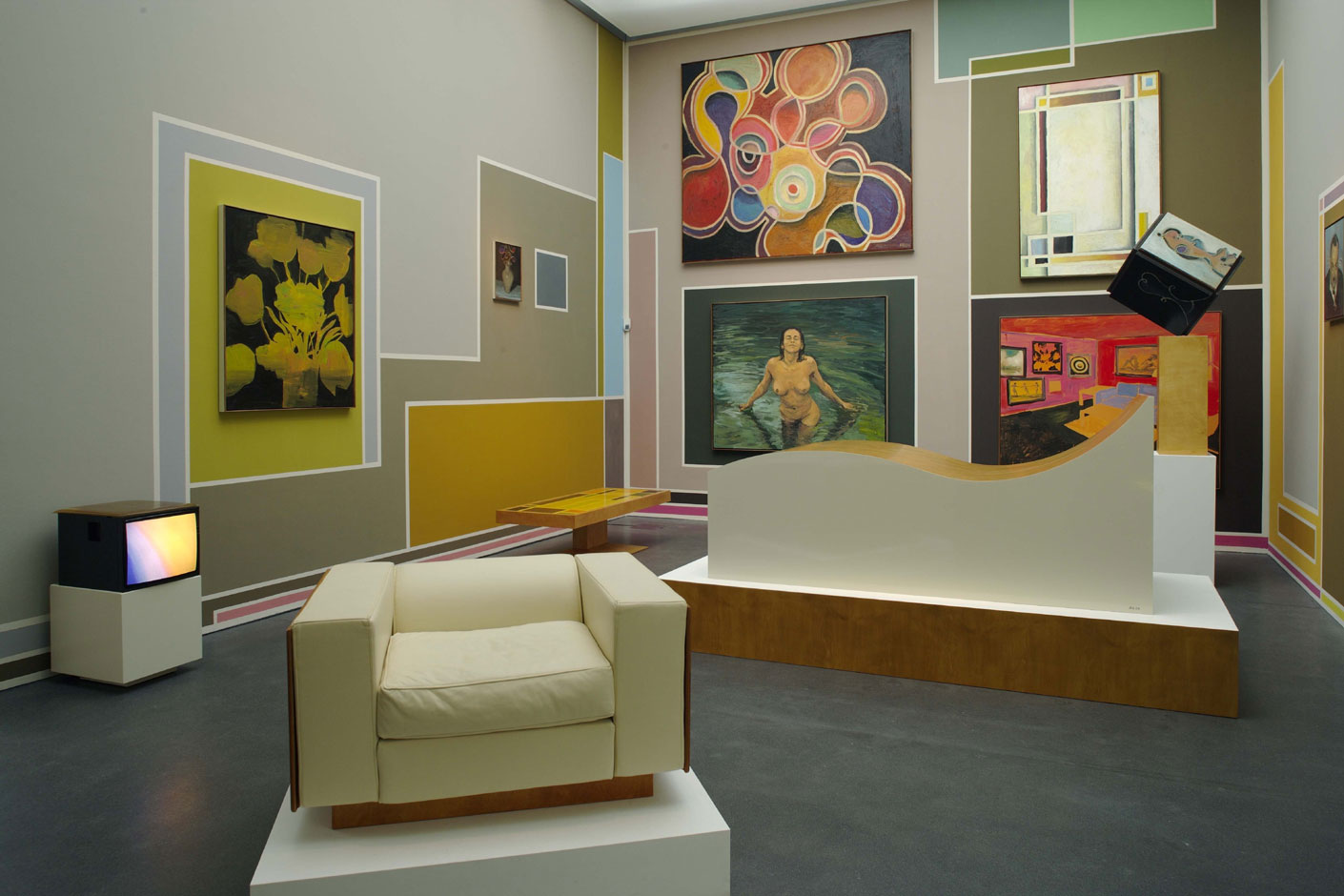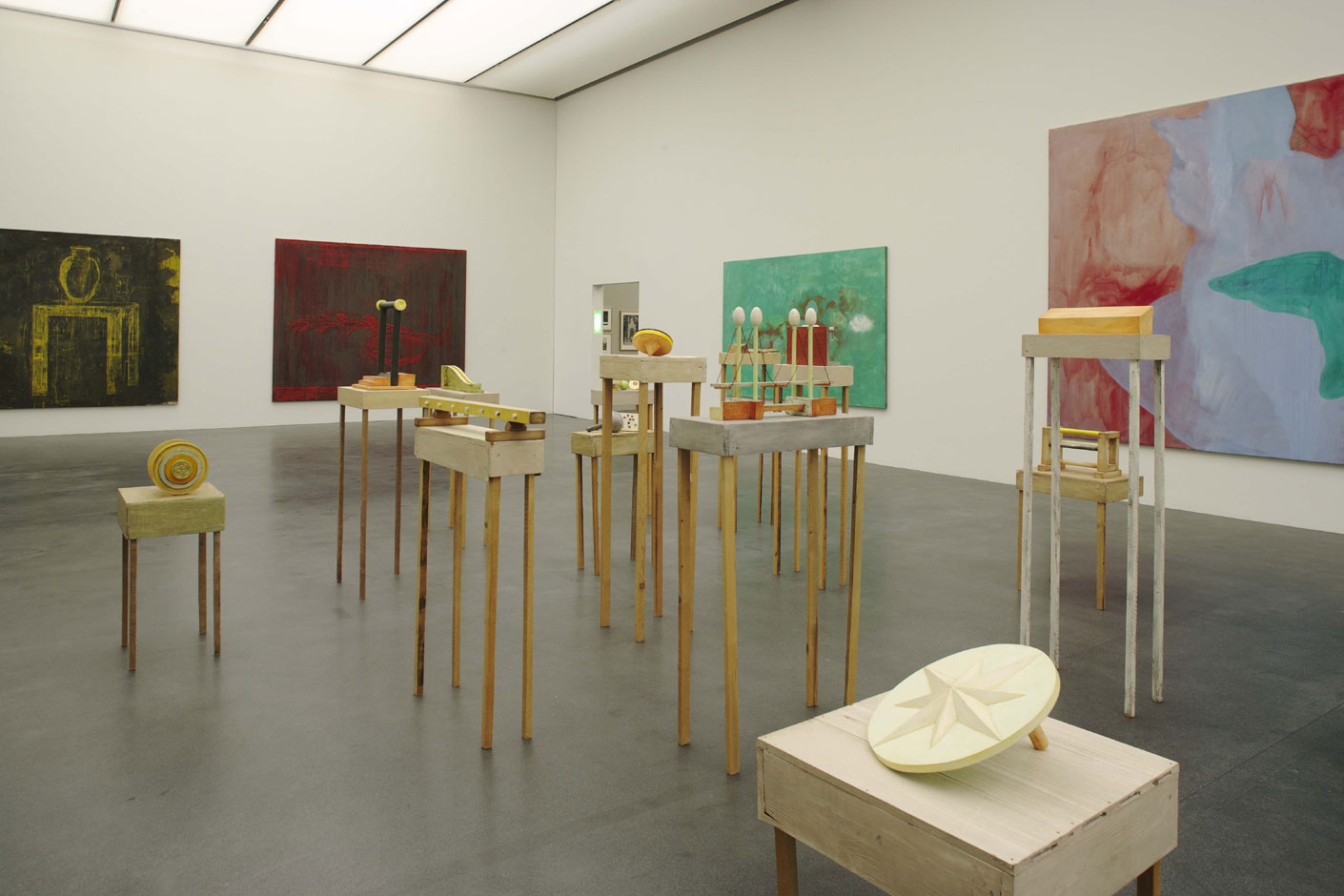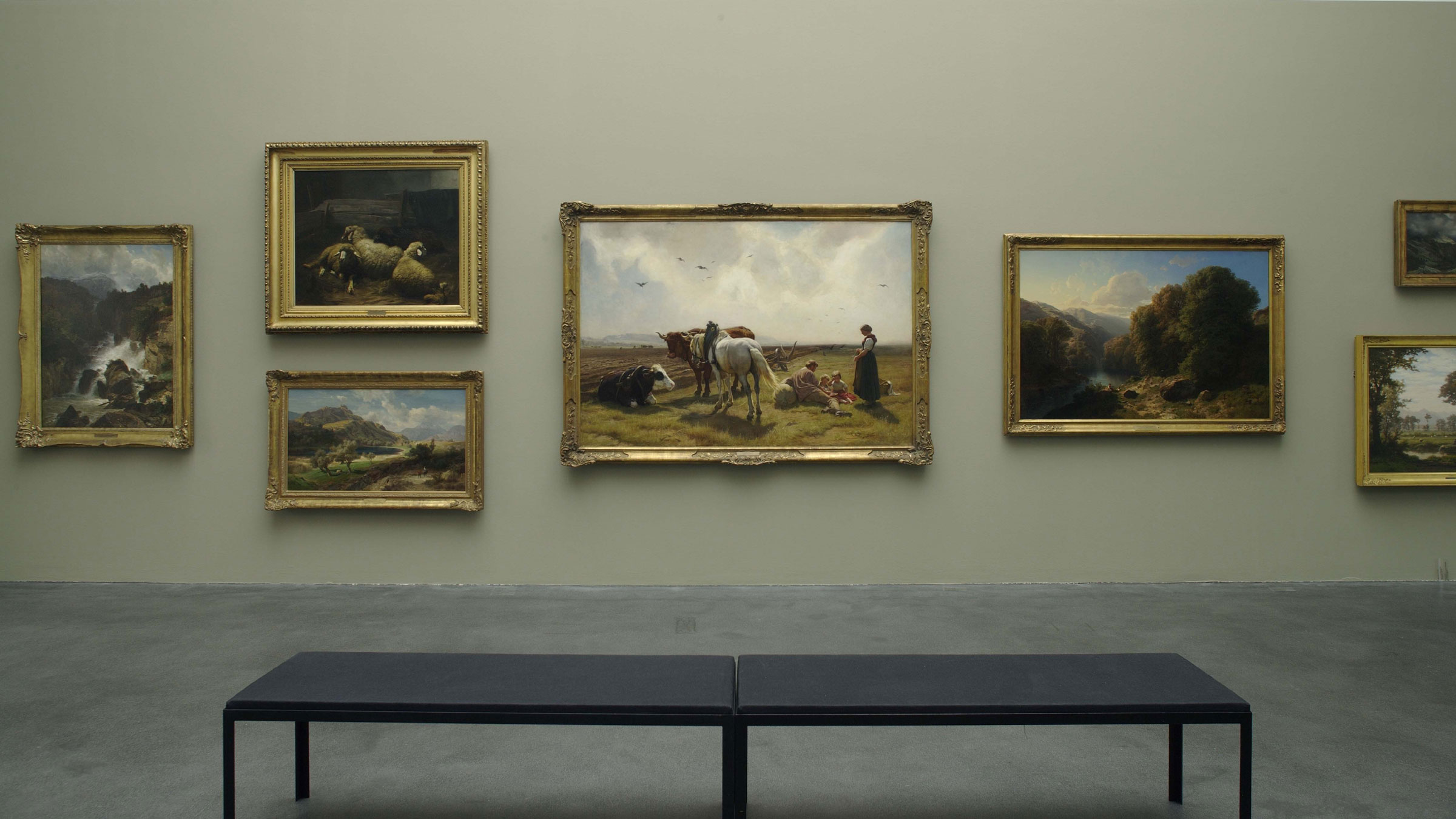Model for a Museum
Works from the collection, featuring the whole of the Minnich donation, a Bilderzimmer by Anton Henning and Allan Porter’s I Am a Museum
The biggest presentation of the collection since the opening of the Museum of Art in Lucerne’s Culture and Congress Centre (KKL) six years ago is devoted to the museum institution as a place of collecting, remembering and representation. It brings together works taking these functions as their subject-matter in many different ways, either because they themselves are small collections, because they have called for new forms of the institution, or even only because, standing out as remembered objects, they shape the collective memory which the museum serves as a receptacle. The exhibition forms the conclusion of the Collection Project 04-06, which has been intensively pursued over two and a half years.
Apart from the collection, which belongs to the Art Society, and which is developing in accordance with its public task, various models of private collection are being shown, such as the Minnich collection, which was donated to the Museum of Art in 1937, and which is being shown here in its entirety for the first time. The well-known works by Pechstein, Soutine, Dufy and Vlaminck are now amongst the highlights of Museum of Art Lucerne. But previously unknown works, such as Moriz Melzer’s Monotypes, may also be discovered in the donation.
The Lucerne-based photographer and writer Allan Porter presents a collection of a different kind under the slogan «I Am a Museum»: a private museum of photography that is above all a living archive and a tool. On a meta-level, the exhibition Model for a Museum takes as its theme various qualities and developments within forms of presentations. The fact that art works of different eras create different forms of presentation has been apparent since the transformation of museum spaces into white cells. The artists of the 1970s, whose works spilled over into the space, propagated a counter-model to the classical art museum. Anton Henning is dipping the white cube back in the paint-pot and cunningly and excitingly coating it with the film of art history. He is designing, specially for this exhibition, an installation-style hanging which combines those of his works already in the collection with new works.
The exhibition will also contain a space with a classical hanging from the 19th century, as well as a large hall in the style of big, white-painted contemporary Kunsthallen. The latter offers the idea environment for the typical large-format paintings of Central Swiss artists of the 1970s and 1980s, while memorabilia of the 1960s and 1970s from Meret Oppenheim to Dieter Roth prefer a cabinet-size room. This ‘Musée sentimental des objects trouvés’ will recall the early museum model of cabinets of curiosity.
With the exhibition Model for a Museum, the Museum of Art Lucerne is shedding light on its concept of exhibiting the collection in different windows. The presentation is not geared solely towards a fresh encounter with the often vilified Lucerne collection. Far from the dusty halo that the concept of the museum collection evokes even today, Model for a Museum proposes an exciting engagement with art.
curated by Christoph Lichtin


